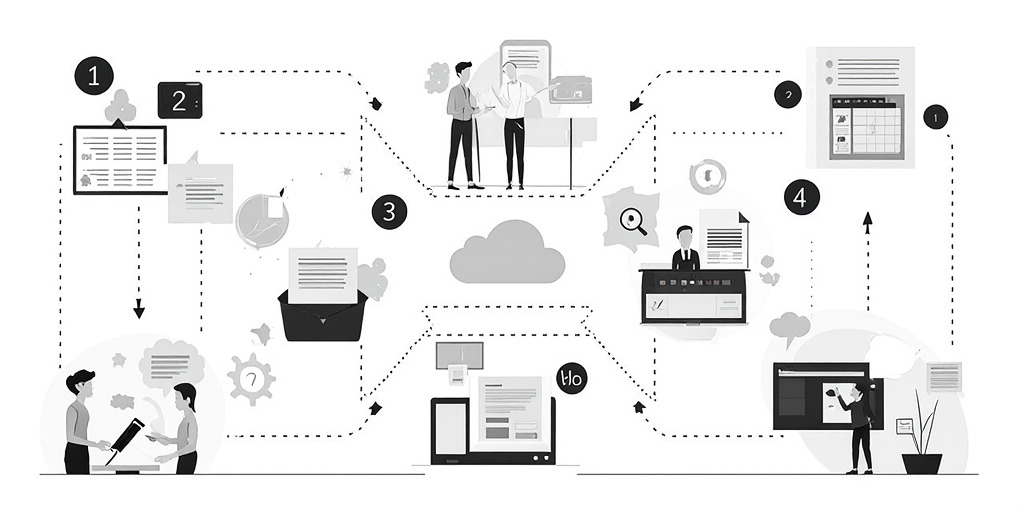Why Legacy Modernization Is Becoming the #1 Outsourced Service in 2025
- 1 min read
Discover why businesses are outsourcing legacy modernization in 2025 to boost efficiency, reduce costs, and stay competitive.

Introduction
Businesses are increasingly outsourcing legacy modernization in 2025 to keep pace with rapidly evolving technology. This trend helps companies reduce costs, improve efficiency, and maintain competitive advantage without overburdening internal teams.
Understanding the Legacy Challenge
- Many enterprises rely on outdated systems that hinder innovation.
- Maintaining legacy systems is costly, both in terms of support and opportunity cost.
- Legacy systems often lack integration capabilities with modern software.
- Reference: ISO/IEC 27001
How Outsourcing Legacy Modernization Works
- Assessment: Evaluate existing systems and identify modernization needs.
- Planning: Create a phased roadmap for upgrading or replacing legacy applications.
- Execution: Implement modernization through cloud migration, software refactoring, or API integration.
- Monitoring: Continuously track performance and ensure compliance.
- Reference: NIST SSDF

Key Metrics and Outcomes
- System Uptime: Higher reliability post-modernization → better operational efficiency.
- Cost Reduction: Lower maintenance and licensing expenses → better ROI.
- Time-to-Market: Faster deployment of new features → increased business agility.
Risks & Mitigations
- Risk: Data loss during migration → Mitigation: Implement robust backup and validation strategies.
- Risk: Business disruption → Mitigation: Phase migration with parallel operations and testing.
- Risk: Security vulnerabilities → Mitigation: Apply secure coding practices and follow compliance standards.
Key Takeaways
- Legacy modernization is critical for competitiveness in 2025.
- Outsourcing provides cost-effective access to skilled resources and modern tools.
- Proper planning and risk management ensure successful modernization outcomes.
Author: Matt Borekci
Contact Us: Euro IT Sourcing

ICT Outsourcing Explained: Top Models, Benefits, and How It Can Boost Your Business
IT outsourcing involves hiring external providers to manage a company’s IT functions, allowing businesses to focus on their core operations while reducing costs and gaining specialized expertise. The process includes identifying IT needs, choosing an outsourcing model (like staff augmentation or project-based outsourcing), selecting a partner based on expertise and reliability, signing a contract with defined scopes and SLAs, implementing and collaborating with the outsourced team, and monitoring performance. Benefits of IT outsourcing include cost savings, access to global talent, scalability, and faster time-to-market. The right model and partner selection are crucial for long-term success.

Scaling Teams with ICT Talent from Eastern Europe
Discover how companies can efficiently scale their teams with highly skilled and cost-effective ICT talent from Eastern Europe, including the rising potential of Turkish developers.